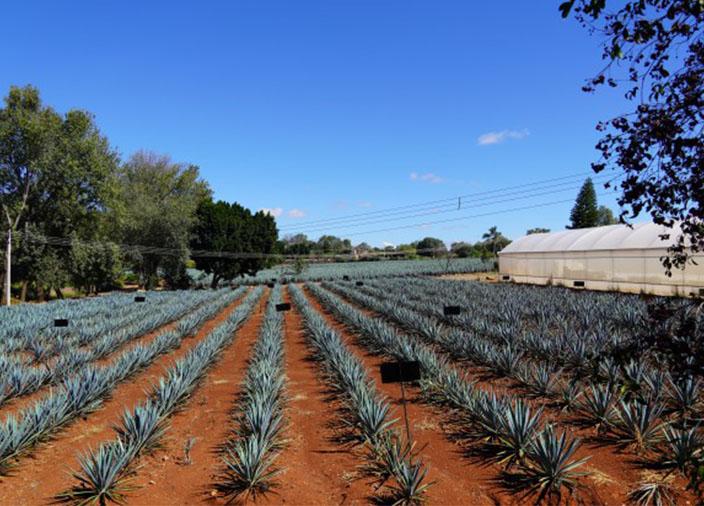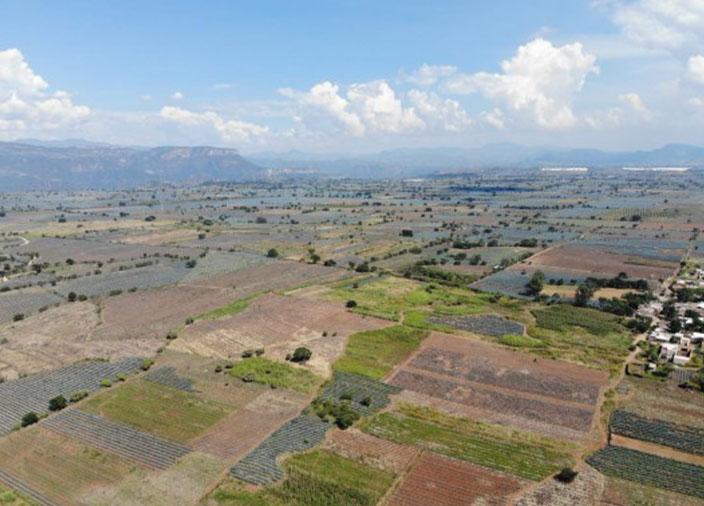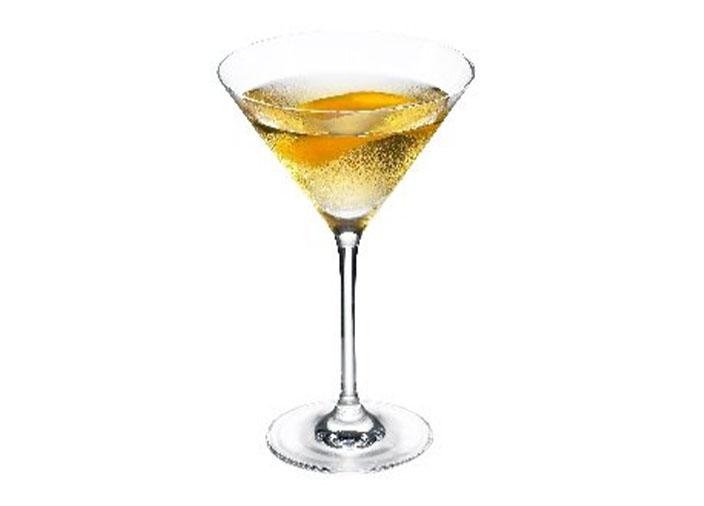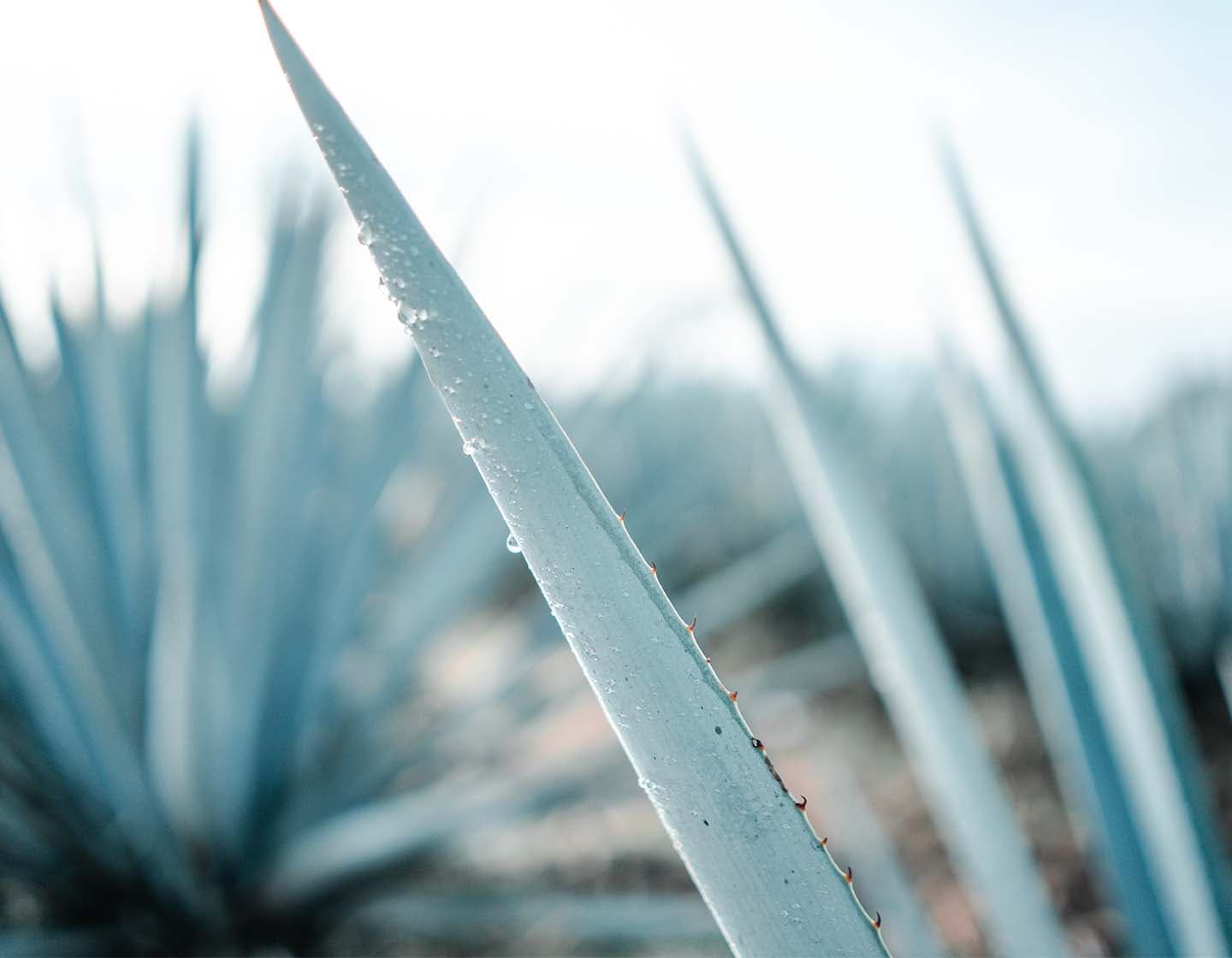Blogs & Inspiration
Tequila Vs Mezcal: An Ultimate Guide
Uncover the illustrious history of these liquids, the production of their unique flavours, and learn how to bring them to life in cocktails.
Author: Lucas Assis, Agave Spirits Expert
Estimated reading time: 5 minutes
The Spirits of Mexico
Mexico has an internationally distinct and recognisable drinks culture, with tequila and mezcal being synonymous with the nation.
With insight from Lucas Assis, an agave spirit expert, become a better bartender and expand your knowledge on these iconic drinks to use them in more creative, inventive ways.

An Unknown History
You need distillation to create mezcal and tequila, so the history of these great spirits is tied to this process's invention in the region.
The issue is that no one knows when distillation became common in Mexico. There are two main theories about when it started:
The first suggests distillation was an ancient art in Mexico. Archaeologists have discovered old clay pots believed to have been used for distilling agave, with them appearing to create a beverage of around 32% ABV.
The second theory is that Filipino immigrants introduced distillation. When the Spanish colonisers first arrived, they brought many Filipino natives with them. With growing trade routes from Manila to Acapulco and Colima, an influx of Filipino people is said to have introduced Tuba, a fermented drink made from the sap of a palm tree consumed in the Philippines for hundreds of years.
Whatever the true origin, you can't deny the Philippines have influenced the production of both spirits.
The Filipino Influence
When natives from the Philippines came to Mexico, they soon started to share how to make their beloved Tuba drink. Equipped with the knowledge of how to distil the sap of a palm tree, they shared this knowledge with the Mexican people.
The drink they produced came to be known as Vino de Coco in Mexican, or Coconut wine.
This homemade concoction became very popular, which upset the Spanish, as they wanted locals to buy their brandy instead. The Spanish prohibited the sale of Vino de Coca, but they decided to take drastic measures when that was ignored.
To prevent the production of the drink, they cut down all the palm trees, leaving locals with nothing to make their drink from.
However, The Filipinos and Mexicans turned to another plant to create their spirits: the agave plant. With agave being so abundant, the Spanish couldn't cut them all down, meaning that this rebellious and innovative act led to the creation of mezcal.

The Difference Between Mezcal & Tequila
Both tequila and mezcal are made from the agave plant and follow similar distillation processes, so what's the difference?
The answer all comes down to location.
In an official sense, if a spirit is made from agave plants in one of the 10 registered states in Mexico, then it's mezcal. These states are:
- Oaxaca
- Michoacan
- Puebla
- Guerrero
- Zacatecas
- Guanajuato
- Tamaulipas
- San Luis Potosi
- Durango
- Sinaloa (only in four municipalities)
Mezcal is usually cooked in underground pits lined with rocks, with crushing methods varying from tahona to manual crushing with mallets. The fermentation process can be done with wooden tanks or cow hides, and various types of stills can also be used.
With over 40 kinds of agave plants used in producing mezcal all over Mexico, the drink is varied depending on the location, so there can be many nuanced differences between brands making it such an exciting spirit to serve.
The Truth About Tequila
Tequila differs from mezcal and can sometimes be looked down on by locals, as it's considered the colonised version of mezcal. This is because the families who popularised the drink are all of Spanish heritage, meaning it's not authentically Mexican.
Tequila distilleries first emerged in a small town called Amatitan, a few miles from the city of Tequila, whose railway was used to transport the spirit.
First called vino de mezcal, the shipments of this first tequila were transported with a large 'Tequila' stamp to signify where it came from. Because of this, the drink started to be called mezcal de tequila.
Eventually, the mezcal part was dropped, birthing the name we know today. In 1996, tequila was given its denomination of origin with guidelines on how, where, and with what agave it can be made from.
These guidelines stated that:
- Tequila can only be made with blue water agave
- It can only be produced in Jalisco, and certain municipalities of Michoacán, Nayarit, Tamaulipas, and Guanajuato.
- It must always been steam cooked in brick ovens or in autoclaves.
- The agave used must be crushed with a tahona or roller mill.
- Tequila can only be distilled twice in copper or stainless steel.
Drinking Mezcal and Tequila
It's been common for a long time for tequila and mezcal to be enjoyed as party shots. Today, there's a growing trend to sample these spirits differently.
There's a more focused emphasis on quality tequila and mezcal, with consumers wanting to savour the special complexities and unique characteristics of this drink.
The concept of terroir in agave spirits is finally being embraced, adding a premium element to the spirit. Bartenders can now encourage guests to explore the wonderful differences of each region’s mezcal.
Sustainable mezcal and tequila is also rising to the top of the market, and these conservational efforts ensure we can enjoy these spirits for years to come.
The blue weber agave takes at least seven years to mature. A tepeztate agave used for mezcal can take up to 30 years to mature. If we don’t put all our efforts into making sure this industry operates sustainably, we will see a decline not only in the quality but in the cultural aspect of how these sprits are made.

Recipes
These drinks have an amazingly diverse flavour profile. Show it off in some inspired serves.
- Mexico Fresh - This is a rich, crisp way to serve tequila and combines it with fresh grapefruit to pull out the lighter notes in the tequila. The Mexico Fresh Recipe uses Don Julio Reposado and is double strained in a chilled Martini.
- Anjeo Manhattan - This recipe is a twist on a classic, combining tequila with sweet vermouth to produce a sharp and citrusy profile. The Anjeo Manhattan Recipe is served neat, with an orange twist to balance the flavours.
Key Takeaways
- The distillation method used to make mezcal was introduced by Filipino immigrants, who used it to make Tuba from palm trees.
- Renamed Vino de Coco, locals loved the drink so much that the Spanish cut down all the palm trees to prevent its production. After this, Mexicans used the agave plant instead.
- Mezcal is produced in 10 territories in Mexico and is seen as the traditional Mexican spirit.
- Tequila was made famous by Spanish families living in Mexico and seen as the colonised version of mezcal.
- Although historically drunk neat, mezcal and tequila are increasingly popular in cocktail serves.
Sign up for free and become a member of Diageo Bar Academy today to unlock the latest industry news, trends, and tips to keep your bar knowledge up to speed!
